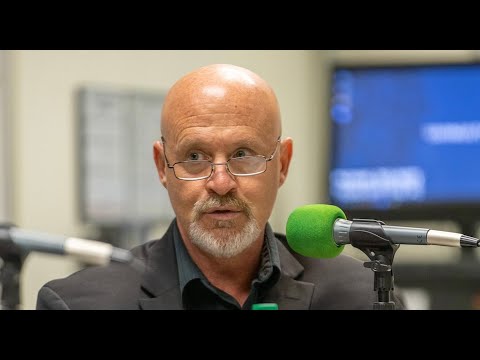BoQ chief executive George Frazis would be accused of dreaming if he formally stated such an objective.Standard & Poor’s rates an upgrade from BBB+ as a one-in-three chance, saying “no change” over the next couple of years is the most likely outcome.What’s more, Frazis’s first priority is flawless execution of the deal, building genuine momentum in the business, and delivering on the promise of a compelling alternative to the major banks.But it’s hard to imagine the idea of upgrade to A-minus escaping Frazis, given the prize of elevated status and sustainable access to cheaper funding.A lack of access to competitive wholesale funding has been a constant bugbear for the regional banks.The majors, which benefit from a two-notch upgrade to their ratings because of an assumed government guarantee, are currently pegged at AA-minus with a negative outlook.The ME Bank acquisition has a number of aspects which would appeal to debt and equity analysts alike, particularly from a risk perspective.For a start, it dramatically increases BoQ’s scale and ability to spread costs over a wider base – the combination of the nation’s 9th and 11th-ranked lenders creates a new number six with $74bn in gross assets.The four majors and Macquarie Bank remain ahead and Bendigo and Adelaide slips to number seven.Risk is lowered because the ME Bank mortgage portfolio is more weighted towards owner-occupiers, and geographic diversity becomes an asset rather than a liability.The eastern seaboard states of Queensland (31 per cent), NSW (29 per cent) and Victoria (21 per cent) make a roughly similar contribution to total loans compared to Queensland’s previous dominance (42 per cent), and the safer, more reliable retail bank delivers 54 per cent of cash profit, up from only 36 per cent.S&P rates BoQ’s risk position as adequate, which is similar to Commonwealth Bank and the agency’s assessment of some of the mutual banks.However, any change would depend on an upgrade in BoQ’s economic risk from negative to stable.This would assume that the worst of the pandemic is behind us and that BoQ maintains a high level of common equity tier one capital.Given the likely fallout from the March withdrawal of JobKeeper, it would be a brave assumption right now, even with an expected 10 per cent-plus CET1 ratio at the end of the first half compared to the 9-9.5 per cent target range.Indeed, S&P says there’s a one-in-three chance it will rate economic risk higher in the next two years due to house prices resuming their familiar upward spiral.The last change in BoQ’s rating was in May 2017 and it was in the wrong direction – a downgrade to BBB-plus.The ratings of 23 institutions met the same fate due to the risk of a sharp correction in house prices after a big run-up in the price of Sydney and Melbourne properties.Despite this, the big four were quarantined from the credit-rating damage.Then BoQ chief executive Jon Sutton described S&P’s move as “incredibly perplexing” because the big four – unlike the regionals – had concentration risk in the Sydney and Melbourne markets.The opposite outcome would be welcomed this time around.Good Shepherd partnership with NAB changesNational Australia Bank is transitioning to a no-interest loan product in its microfinancing partnership with the charity Good Shepherd.As with most changes in the financial services industry over the last year or so, it all comes down to COVID-19.With higher levels of family violence, women in particular may not have their own income or savings, or they might be stuck with their partners’ debts and unsure how to restart their lives.Previously, NAB’s circa-$130m commitment to financially excluded people or to those stuck in a poverty trap was made through a mix of unsecured step-up loans or the no-interest loan scheme (NILS).The step-up product was for a maximum of $3000, charged an interest rate of 5.99 per cent, and was repayable in three years.While borrowers have used the money to purchase essential items such as whitegoods, furniture and education, in 78 per cent of cases they bought a second-hand car or used the money for vehicle repairs.NAB believed that the NILS, which charges no interest or fees, was better-suited to the COVID environment.The intention is to redeploy the capital for the step-up loans into the NILS, although the former will remain open for existing users.The Good Shepherd partnership with NAB has provided $329m in microfinance loans since 2003, or 274,399 low-income Australians since 2005.Grameen is probably the most well-known of the world’s microfinancing institutions.Developed by Nobel laureate Muhammad Yunus, it has helped 300m people around the world who would otherwise have lived in poverty or been dependent on others.Grameen’s model is to lend small amounts of working capital not just to one borrower but to a group of borrowers who are collectively responsible for repaying their loans.They are offered mentoring, training and business education.Unlike transaction banking, the model has a built-in savings component which promotes asset building and requires clients to [email protected]: @Gluyasr
Source link
Share Your Covid-19 Story
Over 0 Million people have contracted Covid-19 worldwide.
Tell us how Covid-19 has affected your life
Please share your story with us.
And get a great Free Gift – Click here for more details






